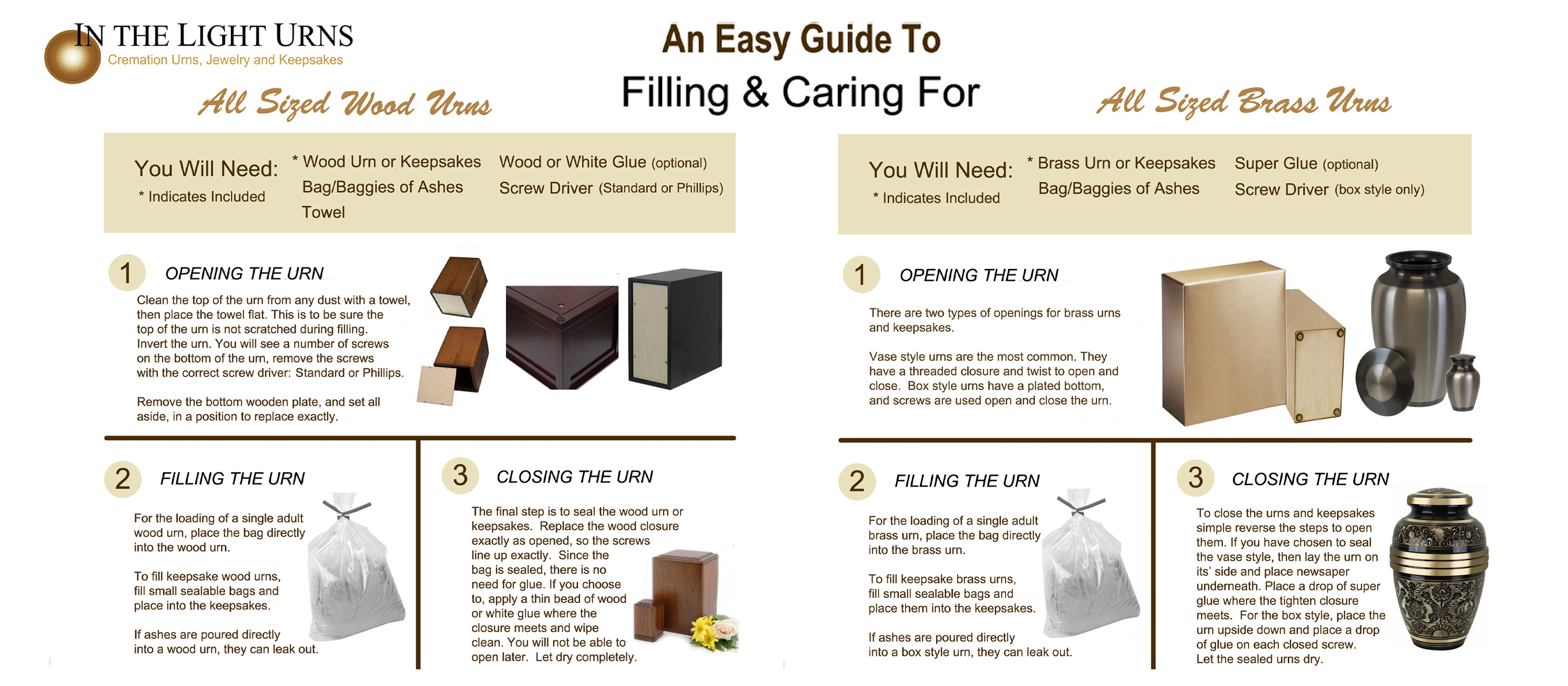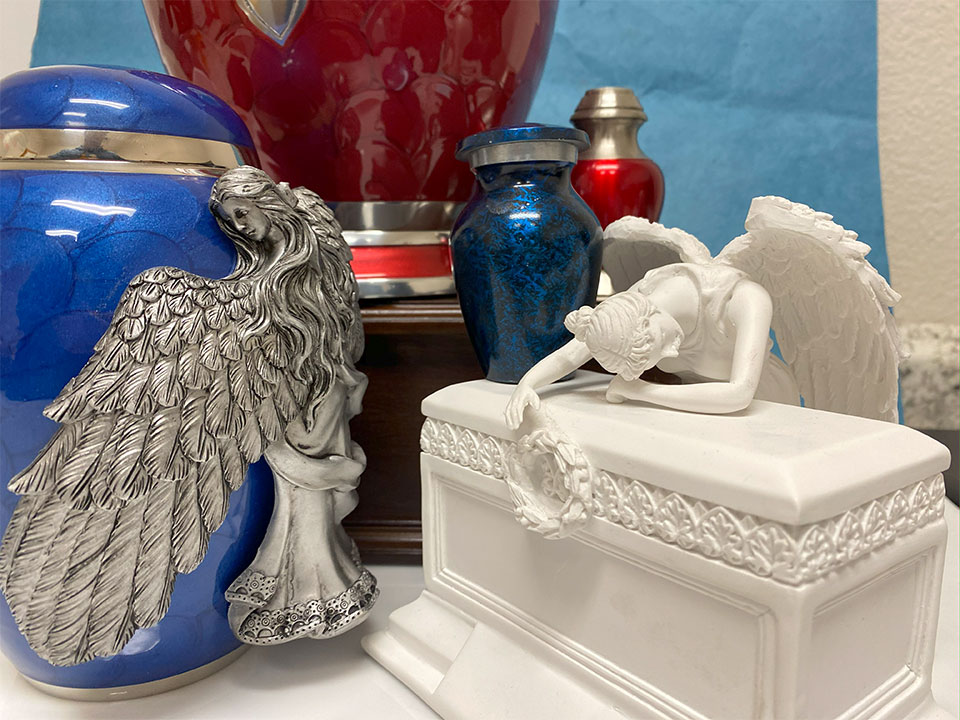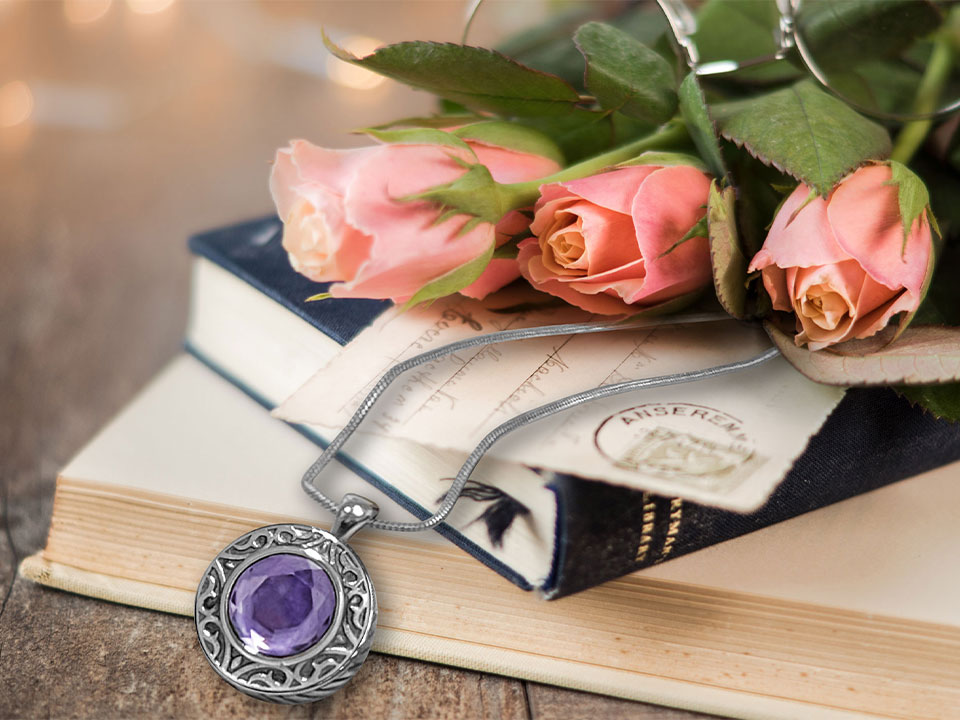Filling a Cremation Urn: Methods and Tips
Filling a cremation urn takes a little time, a few supplies you probably have around the house, and a bit of research. We can help you learn what to do and the different options you have. With this information, you’ll know how to fill an urn with ashes and the steps needed to complete the process.
Steps to Fill a Cremation Urn
Learning how to fill an urn might be easier than you think. Although there are variations based on the filling method or type of urn, you’ll probably need to follow these steps:
- Prepare a flat, clear space to work.
- Gather supplies, including a sheet of newspaper, scissors, funnel, and glue for sealing.
- Set the urn with the opening side up, and open the urn.
- Cut open the bag.
- Pour ashes through the funnel.
- Pour any remaining ashes into the urn or another container.
- Close the urn and seal it, if preferred.
Who Can Fill a Cremation Urn
Almost anyone can fill cremation urns for ashes with a few basic supplies, but you don’t have to do it on your own. The funeral home or crematorium can handle this step on your behalf, with your agreement. Although they may offer a selection of urns that you can buy for this purpose, you’re not required to buy the urn from them. In fact, per the FTC’s Funeral Rule, you can buy an urn and have it shipped to them directly for filling. You might choose this option if you don’t have the space to fill the urn at home, you don’t feel comfortable doing it yourself, or you need to transport the urn to a different location as soon as possible.
If you want to fill the urn yourself, or you’re thinking of transferring ashes from one urn to another, you can gather a few simple supplies. Give yourself at least 10 to 15 minutes for the entire process, and make a clear space on a flat surface. Some methods might be easier if you have an extra adult available to help.
Methods of Filling an Urn


You have a few options for the approach you can take in transferring ashes to urn, including:
Direct Transfer: Emptying the bag into the urn
Bag Transfer: Placing the bag into the urn
Bag to Bag Transfer: Emptying the bag into another bag
The method you choose depends on the urn and your plans for your loved one’s resting place. You might keep the remains in the bag, if you have an urn that is large enough to fit. If you want to divide the remains into multiple urns, scattering urns, keepsakes, or cremation jewelry, you’ll need to use the direct method. A bag to bag transfer method makes the most sense if you’re dividing the remains or transferring them to a special container for use with biodegradable urns.
Direct Transfer
Transferring ashes into an urn using a direct method requires a few supplies:
- Urn
- Bag of cremated remains
- Scissors
- Paper or thin towel
- Funnel with large opening
- Mask (optional)
Before you begin, place down a layer of paper or a thin towel under the urn. The paper helps to provide a clean surface to work, in addition to making it easy to place any fallen ashes into the urn. Ashes range in size from fine sand to very small gravel. Pouring quickly can stir up some dust, so you may want to put on a simple face mask.
Open the urn and place the opening facing upward. Cut a small hole in the bag, and pour the ashes slowly through the funnel. Pause pouring to settle the ashes into the urn and make sure that it does not overflow. Once you have poured out the ashes, confirm that the urn will close tightly. Move the urn, and gather any fallen ashes to pour into the urn. You can either close the urn or take additional steps to seal it permanently.
Bag Transfer
The easiest method of transferring ashes to an urn usually involves keeping the bag intact. Bag transfers require little equipment, unless you plan to seal the urn permanently afterward. All you need is a flat surface for the urn and the patience to work the bag through the opening, especially if it is small.
Start by opening the urn and testing the closing mechanism. You may need to fold or compress the bag somewhat to fit inside a smaller urn. If the urn is spacious but has a small opening, you should stick a small corner of the bag inside the urn and use a dowel to gently push the bag into the urn.
Bag to Bag Transfer
To transfer the ashes from one bag to another, you’ll need the following materials:
- Bag of cremated remains
- Alternative bags
- Large bowl or other container
- Scissors
- Paper or thin towel
- Funnel with large opening
- Mask (optional)
Organize the bags you intend to use, and make sure that you understand how they close. Some bags have a drawstring closure, while others may require you to tie them tightly. Lay down a layer of paper. Place the new bag inside a large bowl or container that will support the bag and hold it open, or ask for someone to help with this step.
Cut a hole in the plastic bag and use a funnel to pour the remains into the other bags. Leave a few inches of room to close the bag, particularly if it needs a tie. Pour ashes that fell into the bowl or paper into the bag, and close the bag. You may need to place the new bag into a temporary container for transport.
Key Takeaway:
Filling a cremation urn is a simple process, and there are different options for how you can place ashes into an urn. Direct transfer involves pouring the ashes from the plastic bag into an urn. Bag transfer involves placing the entire bag into the urn, and is the simplest method of filling a cremation urn. Bag-to-bag transfer involves transferring the ashes from their original plastic bag to one or more separate bags.


Sealing a Cremation Urn
Sealing a cremation urn adds an extra step to the process, but it often does not require much time or effort. You might choose to seal the urn permanently for a variety of reasons, including:
- Transporting the urn to a different location, although sealing may not be required
- Placing the urn in an outside location
- Pouring ashes into cremation jewelry, which may not provide a tight closure without sealing
To seal the urn, you should use a small amount of silicone, resin, or epoxy glue around the closure. In some cases, you only need a dot or two of glue. Once you apply the seal, close the urn before the glue begins to set. Allow the urn to sit undisturbed for a day, or however long the sealant requires for curing.
Key Takeaway:
Cremation urns can be optionally sealed with glue after the transfer of ashes is complete.
Important Factors to Keep in Mind
Before you fill the urn, there are a few factors that you should keep in mind. When you receive the remains from the funeral home or crematorium, you’ll get a metal ID tag that you should keep with the remains. This step will help to identify them in the event that they get lost or damaged.
You should select an urn large enough for the application. If you don’t plan to divide the remains, you’ll need enough space in the urn to hold the remains or the bag. Generally, you’ll need one cubic inch of space per pound of the person’s weight, but this rule of thumb doesn’t always provide an exact number. Alternatively, you can use our cremation urn calculator to get a more precise estimate.
Things to Remember Before Filling an Urn
Before you start planning for your loved one’s final rest, confirm that you understand your options. Buy an urn that is the right size for your plan, whether that’s a scattering urn or an urn for placement in a cemetery’s columbarium. You can always ask your funeral home or crematorium for assistance in this task, but you can do it yourself if you prefer. Choose a method to fill the urn, whether you’re pouring the remains directly into the urn, placing the sealed plastic bag inside the urn, or transferring ashes from the plastic bag to another bag. Take your time, and you may find that the process takes less effort than you expected.
MEET THE FOUNDER
Susan Fraser
Susan Fraser, founder of In the Light Urns, Inc., has spearheaded innovation in the memorial industry since 2001. After a personal tragedy, she began creating custom cremation urns for ashes that reflect a lost loved one's individuality. Susan's commitment to comfort makes her an authority on cremation and memorials, guiding and consoling families through understanding and compassion. With expertise and dedication, Susan's cremation guides give families invaluable resources for informed decisions.


Cremation Education
Cremation education informs diverse practices and ethics, empowering informed end-of-life choices.







